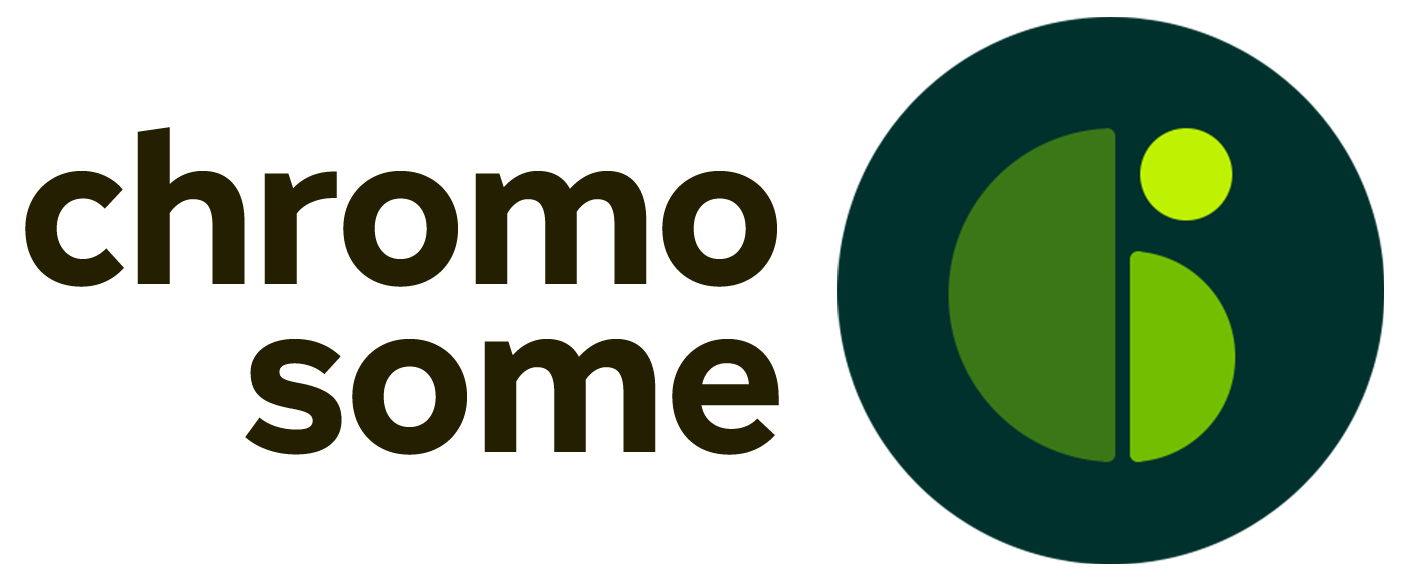Written by Esther Swamidason
In today’s fast-paced world with an overwhelming influx of information and rapid technological advancements, the ability to think critically has become more essential than ever. We are required to evaluate, analyse and make informed decisions daily just to keep up. How much more is expected to stay ahead of society’s busyness!
Theories regarding developing Critical thinking has been in the works since 1950s to guide individuals in approaching problems logically and rationally. Let’s explore some of these theories and how they can be effectively applied today, despite them being developed over twenty years ago. After all, in the words of Winston Churchill, “The farther backward you can look, the farther forward you are likely to see.”
1. Paul-Elder Model of Critical Thinking (2001)
The Paul-Elder Model is one of the most comprehensive frameworks for critical thinking. It emphasizes the integration of intellectual traits, elements of thought, and intellectual standards. The model identifies eight fundamental elements of thought, such as purpose, assumptions, and implications, which help structure reasoning. To ensure high-quality thinking, it applies intellectual standards like clarity, accuracy and relevance. Additionally, it emphasizes intellectual traits such as humility, courage and fairness.
This model promotes effective and reflective thinking in decision-making and problem-solving. Therefore, it is ideal to help us analyse complex situations by breaking them down into their fundamental elements. For example, when making a financial decision such as purchasing a car, one can evaluate the information available (pricing, specifications, financing options) through the lens of clarity and accuracy, ensuring that assumptions are questioned and all points of view are considered.
Suppose you are considering switching careers. Applying this model, you would:
- Clearly define your purpose (career satisfaction, higher income, better work-life balance).
- Assess available information (job market trends, required skills, personal strengths).
- Consider the implications of your decision (financial impact, career growth opportunities).
2. Halpern’s Model of Critical Thinking (1998)
Diane Halpern’s model is designed to enhance an individual’s ability to think critically by focusing on cognitive and metacognitive processes. The model is particularly valuable in scenarios requiring high-level problem-solving skills and decision-making. Its key components are skill acquisition such as learning strategies and methods for critical thinking, structure training by applying cognitive strategies to various contexts, metacognitive monitoring by evaluating our thought processes and adjusting strategies and finally transferring skills learned to another context.
Halpern’s model is particularly useful when dealing with complex, uncertain situations where multiple solutions are possible. In daily life, individuals often encounter dilemmas where they must weigh several options before making a choice. For example, when deciding on which car to buy, applying the Halpern model, you would analyse arguments for and against the purchase, evaluate the environmental and economic benefits, and test hypotheses by reading expert opinions and consumer reviews.
3. Facione’s Critical Thinking Framework (1990)
Peter Facione’s framework emerged from the Delphi Report and focuses on core cognitive skills that are essential for critical thinking. It is widely used in professional settings and educational programs to improve decision-making and problem-solving capabilities.
- Interpretation: Understanding and expressing the meaning of various information sources.
- Analysis: Identifying the relationships among information and evaluating arguments.
- Evaluation: Assessing the credibility of statements and their logical strength.
- Inference: Drawing reasonable conclusions from available evidence.
- Explanation: Justifying conclusions and providing clarity.
- Self-Regulation: Reflecting on one’s own thought process and making improvements.
Facione’s framework can be instrumental when faced with significant life choices that require thorough evaluation. It encourages individuals to approach problems systematically and reflect on their own biases and reasoning.
If you are planning to invest in a business, applying Facione’s framework would involve:
- Interpreting market trends and business reports.
- Analyzing the risks and opportunities associated with the investment.
- Evaluating the credibility of sources providing financial advice.
- Drawing conclusions based on factual data.
- Explaining your investment decision to stakeholders.
- Continuously reflecting on and refining your investment strategy.
Bringing It All Together
A summarised outline of all theories applied would look like this:
- Identify the Problem: Clearly define the issue at hand.
- Gather Information: Collect data from reliable sources.
- Analyze and Evaluate: Assess the relevance and credibility of the information.
- Consider Alternatives: Explore multiple solutions and their potential outcomes.
- Make a Decision: Choose the most logical and well-supported option.
- Reflect and Adjust: Review the decision’s effectiveness and make necessary improvements.
Benefits of CRITICAL THINKING
- Enhance problem-solving skills: Approaching challenges with structured thinking frameworks helps identify viable solutions.
- Avoid cognitive biases: Recognizing when emotions influence decisions can help mitigate biases and make rational choices.
- Improve communication: By evaluating arguments logically, we can engage in more productive and respectful discussions.
Making more informed decisions is the only way to stay ahead in our rapidly evolving world. It is the key to enhance our ability to analyse information, solve problems, and achieve success in both personal and professional spheres. So keep thinking – critically!


